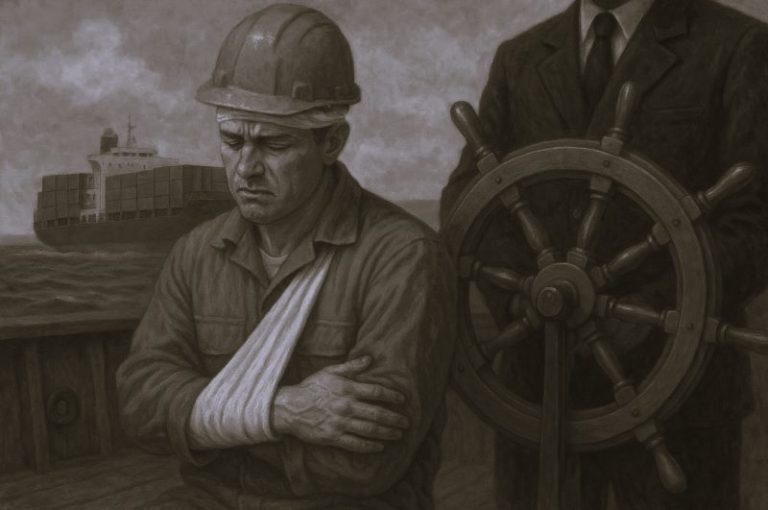
Though it may seem like CBD is something completely new, nothing could be further from the truth. As a natural remedy, CBD and medical marijuana have been thought to be part of ancient societies – with the first recorded uses being around 2727 BC, when a Chinese emperor used cannabis tea to help treat gout, poor memory, malaria, and other conditions.
The Marihuana Tax Act of 1937 was the first anti-cannabis law signed into effect in the United States. Before this law passed, cannabis products were legal to sell in drug stores as long as they were regulated and labeled properly. Originally passed to levy taxes on hemp products and commercial sales of cannabis products, it was ruled unconstitutional in 1969, and marijuana was criminalized shortly after – basically halting research on the medicinal benefits of marijuana.
In 1940, an Illinois University research team isolated CBD for the first time, which lead to the discovery that the cannabis plant contained compounds that didn’t have the psychoactive effects commonly associated with marijuana. It wasn’t until 1963 that this information became completely clear.
The cannabis plant has more than 80 chemical constituents, known as cannabinoids, that change the neurotransmitter release from the brain. THC, the cannabinoid that causes you to feel stoned, and CBD, one that gives the therapeutic benefits of marijuana without the stoned feeling, and the two most well-known and studied cannabinoids.
CBD was discovered more than two decades before THC, but until recently, dominated the majority of cannabis research. During the 1970s, the Controlled Substances Act established marijuana as a Schedule 1 drug.
According to the DEA, Schedule I is for drugs or anything defined as drugs that have no currently accepted medical use along with a high potential of abuse. Other drugs in this category are heroin, ecstasy, and LSD. Schedule II drugs include methamphetamine, fentanyl, oxycodone, and cocaine, but are considered dangerous with high potential for abuse and dependence.
Marijuana Decriminalization and Medical Legalization
In 1973, individual states, starting with Oregon, begin to decriminalize cannabis use. Several states have legalized it for medical use, while a few have even legalized it for medical and recreational use.
There are still a number of states including Idaho, South Dakota, Wyoming, Kansas, Wisconsin, Ohio, Kentucky, Virginia, Tennessee, South Carolina, Georgia, Alabama, Mississippi, and Texas where cannabis is fully illegal.
In 1996, California legalized medical marijuana usage, and in 1998, a British pharmaceutical group begins official medical trials with CBD.
In 2004, the Figi family is able to reduce their daughter’s 300 seizures a week with CBD. It’s at this point that medical marijuana and CBD start to go mainstream.
In 2012, Colorado and Washington become the first states to legalize marijuana for recreational purposes. As of January 1, 2020, the following states have also legalized for medical and recreational purposes: Oregon, California, Nevada, Illinois, Michigan, Vermont, Massachusetts, and Maine.
Now, 33 states have legalized medical marijuana, and the 17 remaining states have laws allowing the use of CBD oil with minimal THC content. To use CBD oil in some states such as Virginia, you must have a prescription from a medical doctor.
Where CBD Fits Now
The Agricultural Act of 2014, also known as the 2014 Farm Bill, authorized industrial hemp research and pilot programs. Industrial hemp refers to the non-psychoactive, low-THC varieties of the cannabis Sativa plant that have no use as a recreational drug. Under the Farm Bill, this is defined as no more than 0.3% THC by dry weight.
The Agricultural Improvement Act of 2018, also known as the 2018 Farm Bill, broadens the use of hemp. It allows for broad cultivation rather than pilot programs. It allows hemp-derived products to be transferred across state lines for commercial or other purposes and places no restrictions on the sale, transport, or possession of hemp-derived products so long as they contain no more than 0.3% of THC.
That said, it doesn’t create a free system where anyone can grow hemp whenever and wherever they want. States must submit their regulatory plans to grow with the secretary of the USDA for approval, which must be approved before licensing and regulation of hemp at the state level can occur. For states that do not build their own hemp regulatory program, growers in those areas must apply for licenses and comply with the federally run program the UDSA constructs.
Though the bill legalizes hemp, it remains a highly regulated crop for both personal and industrial production.
If you’re considering using CBD oil or any other CBD derived product to address any number of medical conditions, you’ll first want to make sure you’re in a state that does not require a prescription from a medical doctor. If you are, you’ll need to find a doctor who is willing to provide you with a prescription. Then, you’ll want to find out where to buy CBD oil, as there are numerous places to get it online and in brick-and-mortar stores.
As you shop for CBD oil, remember that there are variants in brand and product quality. It also hasn’t been standardized in terms of what dose you should use to treat certain conditions. This means you’ll want to do your research ahead of time. There are plenty of cheap options on the market today, but price is certainly an indicator of quality in this industry. Hemp for CBD isn’t a cheap crop to produce, and the CBD extraction process is expensive, too. That means the final product has to come with a hefty price tag to justify profit and continued operations.
There’s also a difference between the CBD oil you take under your tongue and the CBD oil you’d use for vaping. The oil for sublingual administration is not safe to inhale as a vape, so pay close attention to what you’re buying. If you’re worried about the taste of CBD oil, you can also buy it in a tincture form where it is mixed with other ingredients. Tinctures are often made to address certain health concerns, which can be helpful for someone who is just starting to experiment with the best CBD oil.







